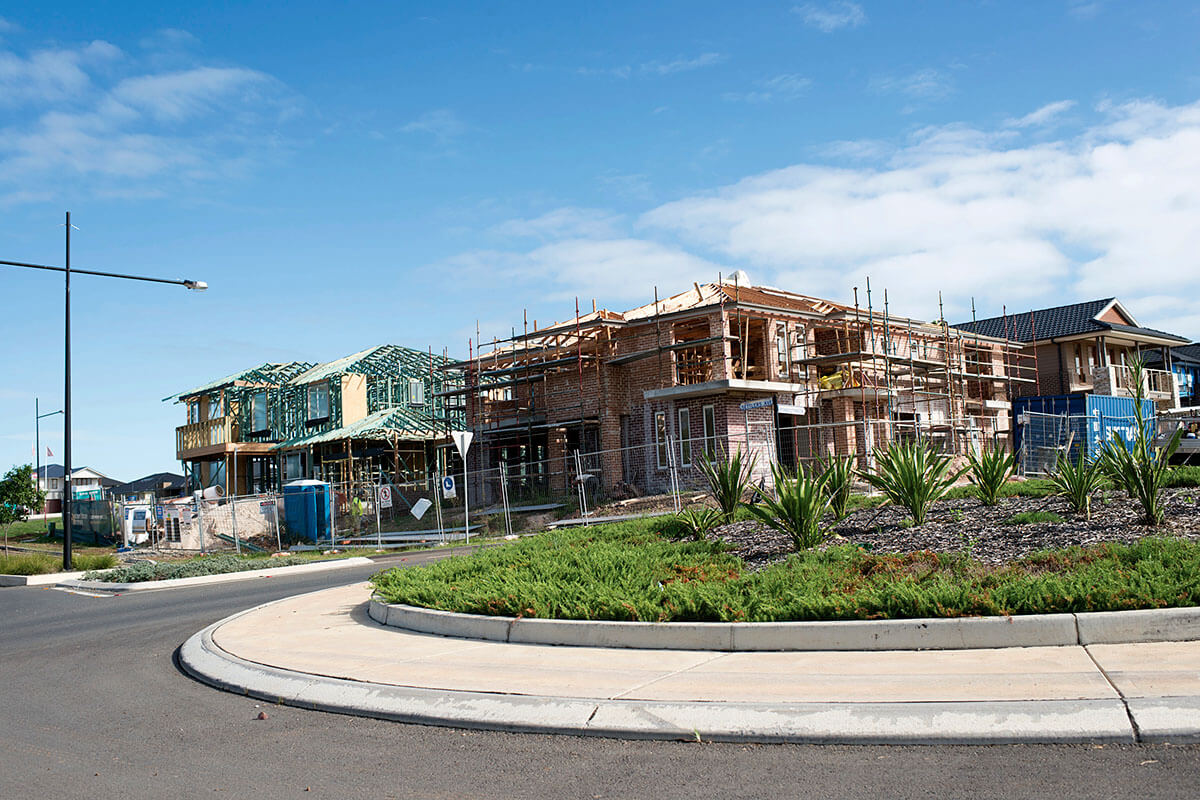Guidance for homeowners and businesses affected by natural disasters
We have prepared this guide to help homeowners and businesses understand what approvals they need for their rebuild.
Is approval required?
Yes, all fully constructed dwellings (with an occupation certificate) that need rebuilding require approval.
Where should you start?
Your local council’s planning and development staff can help you. They can provide records and talk to you about your approval pathway options.
Local development
Local development is the most common type of development in NSW.
It is any work that requires development consent under a local environmental plan or state environmental planning policy.
Contact your council to find out if your proposal is considered local development and needs approval.
This application is often referred to as a development application. Staff can also tell you what information you must submit with your development application.
Lodging a development application
When you lodge your development application, the council may need to refer it to other agencies for advice or agreement before making a decision. This is known as ‘concurrence’ or ‘integrated approval’.
For example, if you are carrying out development on land identified as bushfire-prone on a map certified by the Commissioner of the NSW RFS, your application may need to be referred to the NSW Rural Fire Service. Your council can tell you if referral or an integrated approval is required.
Complying development
Complying development is a fast-track approval process for straightforward residential, commercial and industrial development. It generally includes larger building works than exempt development. Your proposed works will need ‘sign off’ by a building professional, known as a certifying authority.
If your proposal fully meets specific development standards (identified in the State Policy for exempt and complying development), the certifying authority (a council or accredited certifier) can approve it, so you won’t need to lodge a full development application. Approval will be issued within 20 days.
Complying developments include single-storey and 2-storey homes, granny flats, secondary dwellings, earthworks and structural supports.
Development on land prone to bushfires or floods
If you are planning a development on bushfire-prone land, there are additional requirements.
If your land is zoned as Bushfire Attack Level 40 (BAL-40) or Flame Zone (FZ), you cannot undertake complying development.
Some development standards also prevent certain types of complying development on flood-prone land.
Exempt development – no council approval needed
Exempt development doesn’t need planning approval because it meets the development standards identified in the State Environmental Planning Policy (Exempt and Complying Development Codes) 2008.
It usually involves very low-impact development on certain residential, commercial or industrial properties.
Examples include:
Note: Exempt developments on bushfire-prone land may be subject to extra requirements.
Planning for Bushfire Protection
All development on bushfire-prone land in NSW must comply with Planning for Bushfire Protection, 2019 guidelines and requirements. These are aimed at protecting human life and minimising the effects of bushfire on property.
For more information, email [email protected]
